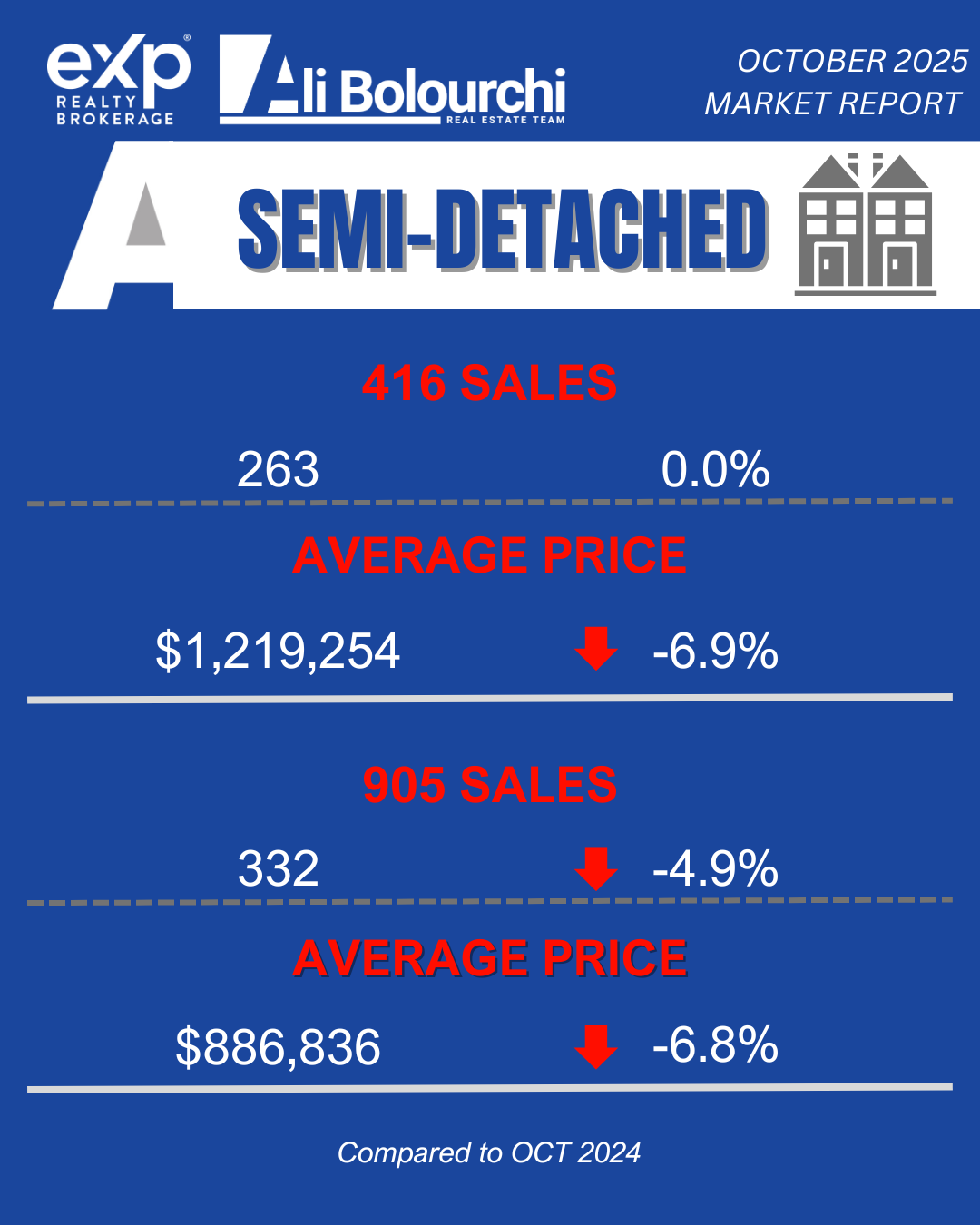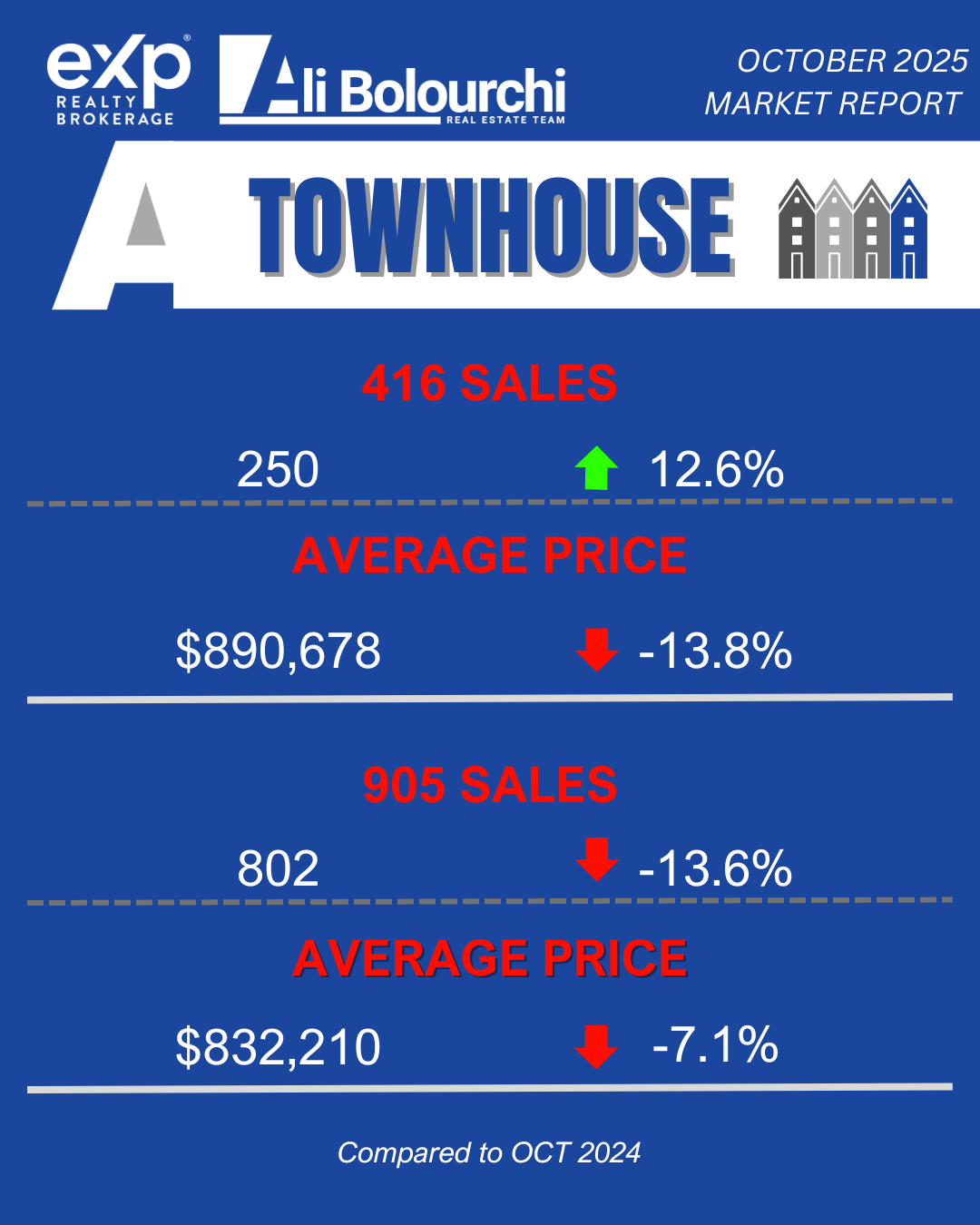The Toronto real estate market is a paradox—a place where the headlines are completely missing the real story. Forget the simple narratives about interest rates; the market is being shaped by deep, contradictory policy moves and fundamental economic anxiety.
We're cutting through the noise. Here are five of the most impactful and counter-intuitive truths currently driving Toronto’s housing landscape.
1. Ottawa Just Hit the Brakes and the Gas—Simultaneously
The 2025 Federal Budget unleashed a high-stakes, dual policy experiment: supercharging supply while deliberately throttling demand. It’s an unprecedented market gambit that defies simple forecasting.
The Accelerator (Supply): The government is launching a massive new construction plan, aiming to double the pace of residential construction to 500,000 homes per year. This includes major investment in modern, faster building methods.
The Brake Pedal (Demand): At the same time, the government is drastically cutting immigration targets, reducing the number of temporary and permanent residents entering the country.
This push-pull strategy is estimated to slash Canada's housing gap by 45% by 2030. You are witnessing one of the most powerful structural shifts in the market in decades.
2. That "Game-Changing" Rate Cut Isn't the Magic Pill You Think It Is
When the Bank of Canada cut its key interest rate to 2.25% in October 2025, the headlines screamed "historic opportunity." While the math is exciting—a single cut can add hundreds of thousands in theoretical buying power—the reality is much more sobering.
The BoC’s Own Warning: The central bank itself warned that monetary policy cannot fix structural issues like the ongoing U.S. trade war and a fragile domestic labor market.
Headwinds Remain: The Canadian economy contracted in the second quarter of 2025, and the Bank pointed directly to a "weak labour market is weighing on household spending."
The Professional Take: Lower rates offer relief, but they do not instantly restore confidence or flip market behavior. Rates are just one piece of a complex economic puzzle.
3. The True Anchor on the Market Isn't Your Mortgage—It's Your Job
High borrowing costs get the blame, but the real silent killer of market confidence is job anxiety. Low mortgage rates mean nothing if buyers fear their employment prospects.
Consumer confidence is under a pincer attack:
Public Sector Austerity: Federal budget plans include cutting tens of thousands of public service positions.
Rising Unemployment: National unemployment is projected to peak higher in late 2025.
Trade War Instability: Ongoing U.S. tariffs continue to cause job losses in key Canadian sectors.
As TRREB’s Chief Information Officer, Jason Mercer, put it: "Home buyers need to feel their employment situation is solid before committing to monthly mortgage payments over the long term." Without job certainty, buyers stay on the sidelines.
4. Waiting for a Price 'Stall'? Get Ready for a 19-Year Wait.
Many prospective buyers dream of a "soft landing"—a freeze in home prices that lets wages catch up. Our analysis reveals this hope is utterly disconnected from reality.
The Staggering Math: Even in an unrealistic best-case scenario where prices stop rising completely and wages increase steadily, it would still take a median household in Toronto 19 years to afford the mortgage payments on a typical home.
The Human Cost: This means a 25-year-old first-time buyer would be 44 before their income could support a purchase.
This isn't a problem a minor correction can fix. This is a multi-decade structural imbalance that demands a complete re-evaluation of affordability strategies.
5. The Condo Market's Armor Is Finally Showing Cracks
For years, condos were the most reliable entry point and a seemingly foolproof investment. That assumption is now crumbling under unique pressures:
Subdued Investor Demand: High borrowing costs are keeping new investors away from the market.
Surging Supply: Active listings are climbing at a much faster rate than sales. This flood of available units means buyers now have "substantial choice and negotiating power on price."
Weakness at the Low End: Properties at the lower end or in less-optimal locations are experiencing the clearest signs of weak demand and inventory excess.
This segment, long considered the market's most resilient, is now squarely in a buyer’s favour. Buyers and current investors need to watch this space closely as the dynamics are clearly changing.
Conclusion: A Market at a Crossroads
Toronto’s real estate market is in a phase of controlled chaos. Never before has it been subject to such a deliberate, high-stakes policy experiment while navigating major economic headwinds.
Success requires looking past the headlines and understanding the complex, contradictory forces at play.
Ready to move past general news and craft a strategic plan based on the precise data for your neighbourhood and home type? Contact the ABRE Team today for a personalized, data-driven consultation.










